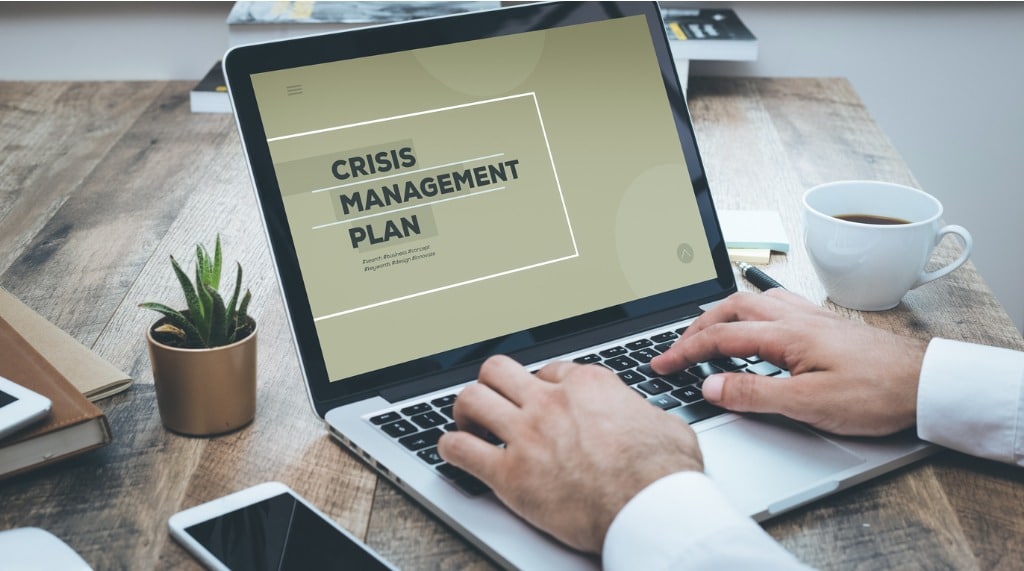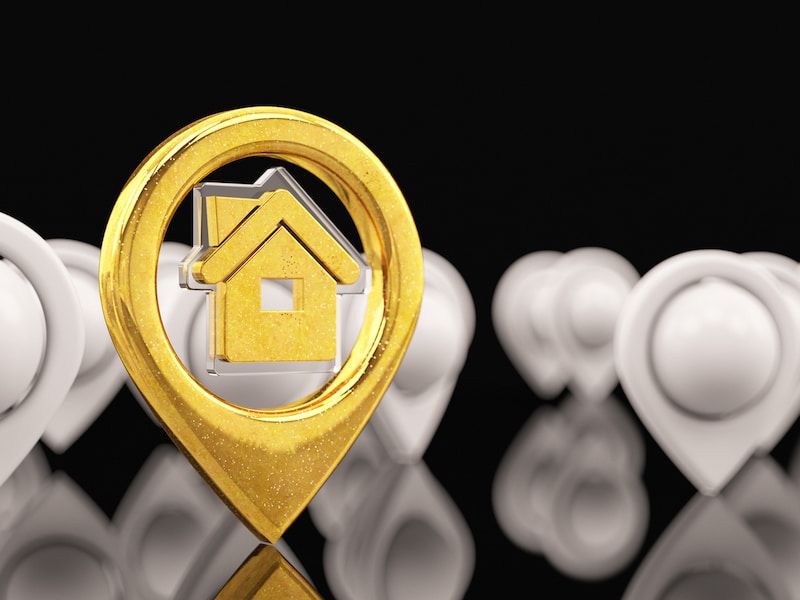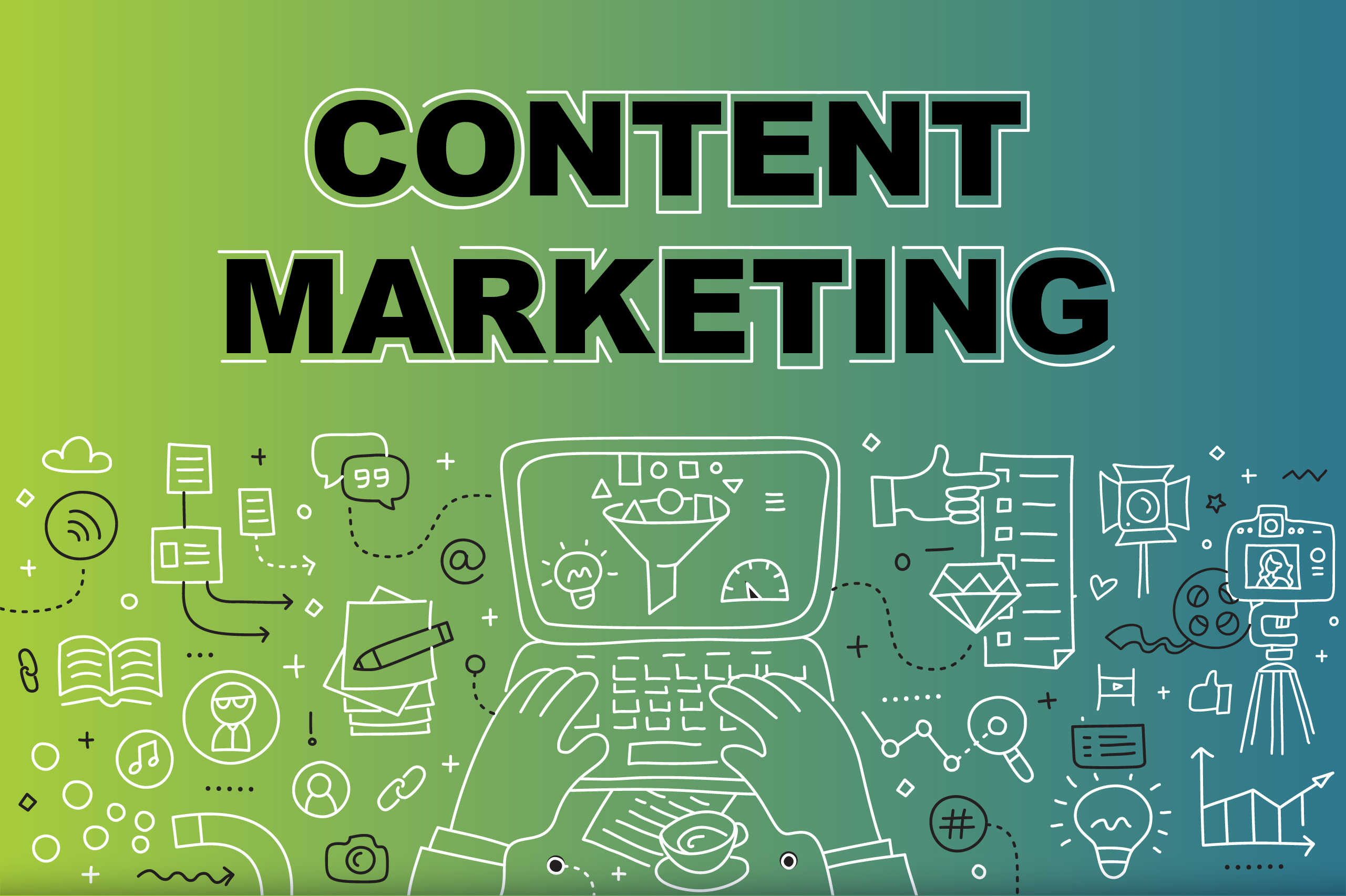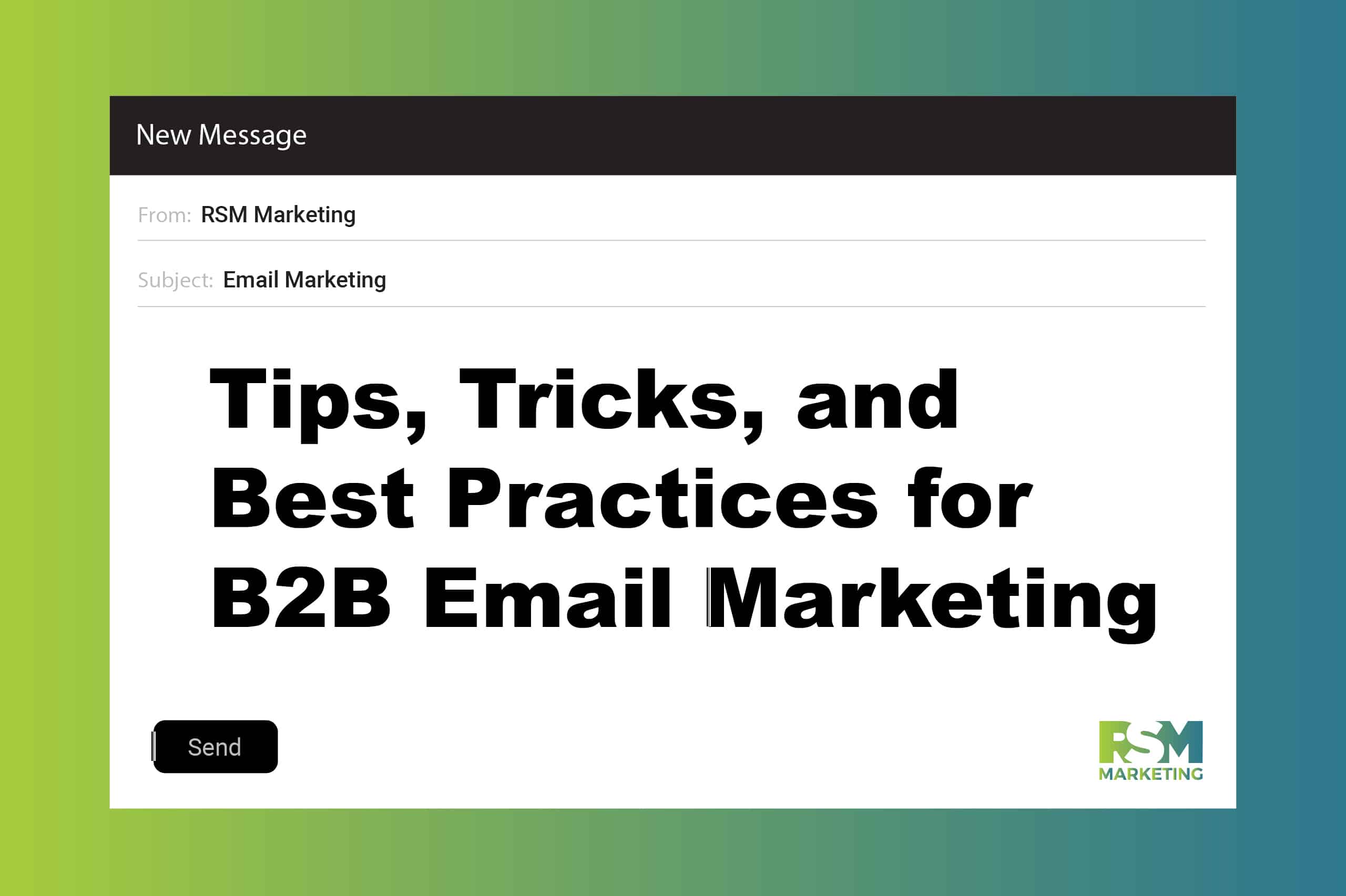Marketing Insights

We have all heard of a business continuity plan (which is very important), but marketing continuity is something that not many have thought about…until now.
A business continuity plan outlines procedures and instructions an organization must follow in the face of a pandemic, fire, flood, data breach, etc. A business continuity plan usually includes things like a list of critical supplies and equipment, locations of data backup sites, where the plan is available and who needs to execute it, and contact information for emergency responders, key employees, and backup site providers.
If you don’t currently have a business continuity plan, we highly recommend putting one together ASAP.
Maintaining marketing continuity when times get tumultuous is extremely important to business health. You may need to make adjustments and change your marketing recovery strategy to be more in line with the situation, but it is important that you do not stop speaking to your audience and customers.
What Is Marketing Continuity?
Marketing continuity is maintaining communication with your customers (and potential prospects) when disaster strikes. This could be anything from a pandemic—something many of us are experiencing right now—to a tornado.
It is a series of planned-out pivots in your marketing strategy that help your business keep customers informed and keep people up to date on what you are doing.
This communication can (and should be) executed in several ways: emails, blogs, newsletters, social media posts, and, depending on how your business is being affected, paid ads.
Why You Should Create a Marketing Continuity Plan
We honestly decided to create this term and this post because we saw a lot of businesses scrambling once COVID-19 hit the U.S.
They were scrambling to do things like update their Google My Business listing with adjusted hours and offerings, write a blog post about how they are helping during the crisis, add a message about the pandemic to their homepage, update social media ads and posts, and much much more.
I still see ads on Facebook promoting dine-in eating after a month of restaurants being shut down simply because the campaigns were shut off.
It is tough to be a small business right now and you don’t want to waste your money on ineffective campaigns or say you are offering services that cannot be executed when something big happens.
However, the most important reason why you should have a marketing continuity plan in place is to keep your customers (existing and potential) informed. During uncertain times, it is important to let them know that you acknowledge the situation and are doing what you can to help.
Some may not be looking for your services right now, but they will see your efforts, try a special free offering, notice that you are helping society, and decide to do business with you when everything is said and done.
How to Create a Marketing Continuity Plan
There are several steps that need to be taken to create an effective marketing continuity plan. Focusing on these steps and having a detailed outline of what needs to happen is critical to the success of your strategy.
- Identify the scope of your plan
- Identify critical marketing areas
- Determine messaging and create marketing materials
- Execute the plan
Let’s look a little closer at each of these steps.
1. Identifying the Scope of Your Plan
First, determine the scope of your plan. This will help inform the other steps. The scope will vary depending on your business, industry, and current marketing efforts.
For example, a small mom-and-pop restaurant that does the majority of its marketing through organic Facebook posts and occasional blog posts and advertisements will have a different scope than a regional bank with multiple locations that spends $30,000 per month on marketing.
Ask yourself these questions to help identify the scope of your marketing continuity plan.
- How much effort are you putting into your marketing per month?
- How severely would your industry and business be affected by a situation such as a pandemic or natural disaster in your community?
- Could you increase your marketing efforts if necessary (i.e. free offerings or increase in SEO spend)?
- How much time will it take to deploy the plan?
- Do you have the capacity (knowledge and manpower) to effectively deploy your marketing continuity plan?
Think about your answers to these questions and record them. Consult with other members of your staff about the scope of your plan, too. Putting together this information will be just as important to them as it is to you. Talk through specific situations that could happen and take notes on what they have to say.
2. Identify Critical Marketing Areas
Identifying critical marketing areas is extremely important when creating a marketing continuity plan. Critical marketing areas are determined by figuring out how you can best benefit your customers at this time and showing that benefit to them where they interact with your brand.
Let’s use our example of a mom-and pop-restaurant that primarily utilizes social media for their marketing and puts up the occasional blog and the regional bank with multiple locations who does it all (i.e. high ad spend, SEO, traditional commercials, email marketing, and some organic social media).
The mom-and pop-restaurant receives most of their customer interaction from their social media page, so that is where they will want to focus their efforts. They can do this by posting updates regularly and interacting with customers. Since they are slow, they have decided to offer free delivery as a gift to their customers.
Note: They should also publish something on their website addressing the situation, but we will talk about that in a minute.
The regional bank receives most of their customer interaction through their website. They will need to make sure that they have messaging throughout the site for every step of the customer journey. This messaging could be something as simple as a links at the top of every page that lead to important information.
The bank will need to shift their strategy across all channels to adjust messaging and graphics and possibly add in a few extra efforts (i.e. billboards in populated areas, a weekly email newsletter outlining helpful services and resources, or free consultations for small businesses trying to qualify for loans).
Every business should have something on the homepage of their website about what is going on. This could be a link to a blog post, a short statement from the owner, or a message about what they are doing to help the community. Just make sure something is there.
3. Determine Your Messaging and Create Your Marketing Materials
You should decide what kind of message you want to communicate with your marketing. This messaging needs to be consistent across all of your marketing channels and should still be in line with your current branding.
Your messaging should be genuine and authentic. When something chaotic like COVID-19 happens, people are usually feeling sensitive, vulnerable, and tense. You want to put their minds at ease, show empathy, and let them know that you are there to support them.
Choose several statements or words that you will use in your messaging and stick to them.
Include information on what steps your company is taking to help support others—whether they are current customers, prospects, employees, or the general public. Be transparent about your hardships and experiences. Don’t act as if nothing is happening or your business is unaffected.
Remember that graphics are also important here. Make sure the photos and images you choose line up with your message and look like they belong there.
4. Execute the Plan
Now comes the part that can get a little tricky: implementing the strategy. You can work really hard on your messaging, but if it gets sent out too late or falls flat because it wasn’t carried out correctly, your plan might not provide the results that you are looking for.
The key with marketing continuity is to be quick, agile, and accurate. Customers and clients shouldn’t have to message you to find out what is going on with your business during a crisis. You should address it before they even think about asking.
Remember that chaotic events like COVID-19 don’t last forever and you will be able to ease back into business as usual and return to your regular marketing campaigns eventually. The adjustment can be scary and stressful, but if you arm yourself with things like a marketing continuity plan or business continuity plan, you will find that you have some peace of mind and can retain and gain customers and clients.
During COVID-19, we have worked with businesses across many industries to help them adjust their marketing strategies and campaigns to adapt to the situation. If you would like to discuss your marketing continuity plan, fill out our form below, or you can take a look at one of our many digital marketing services.
Want Some Help?
That’s what we’re here for! Whether you need some guidance on moving in the right direction or a whole lot of marketing muscle—the experts at RSM Marketing can make it happen.
Start with a simple conversation! Complete the form and one of our team members will be in touch.




